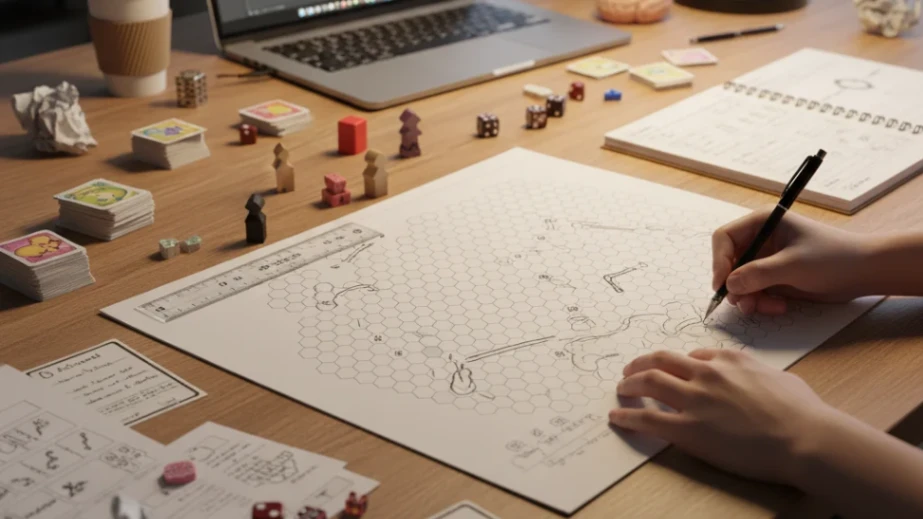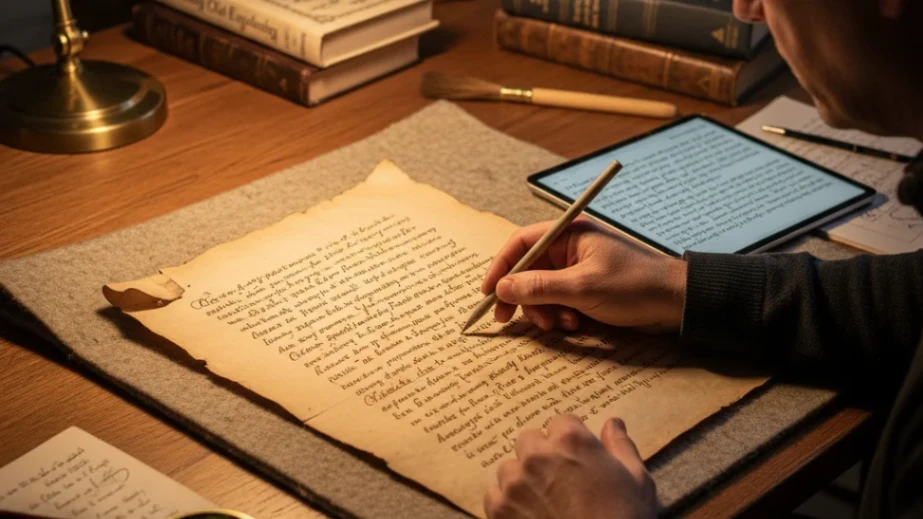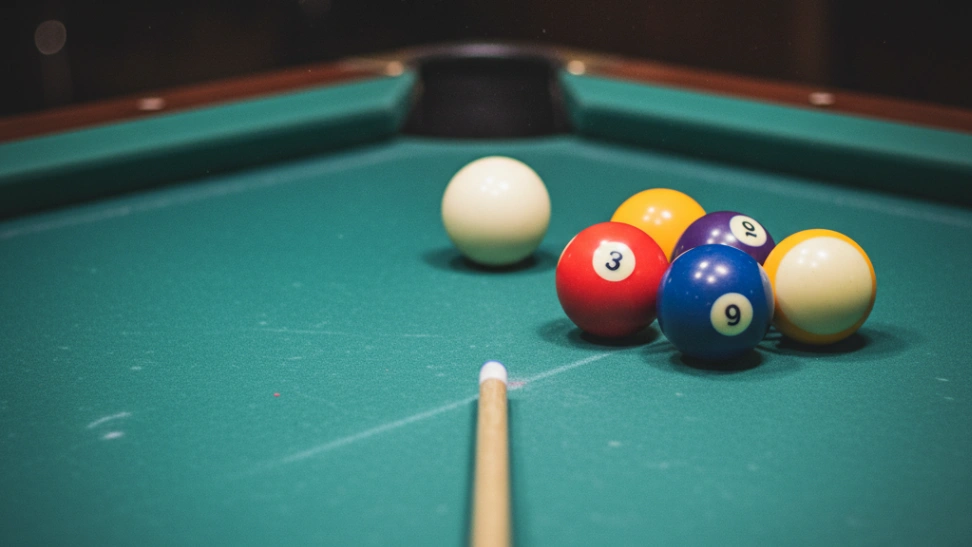Is This Hobby For You?
Ideal for highly analytical and creative individuals who love puzzles, problem-solving, and crafting interactive experiences.
Why You'll Love It
- Offers a profound intellectual challenge and creative outlet.
- Engages systems thinking and fosters problem-solving skills.
- Connects you with a vibrant community of passionate designers and players.
Good to Know Before You Start
- Can be extremely time-consuming and requires significant persistence.
- Often involves long periods of solitary work and iterative refinement.
- Receiving critical feedback can be tough, requiring a thick skin and humility.
Hobby Traits
How the community rates this hobby.
Getting Started: The Essentials
The basic requirements to begin your journey with Board Game Design.
Startup Cost
$50
Community-voted average
Ongoing Cost
Very Low
Monthly upkeep estimate
Essential Gear
Pen and Paper
Essential for brainstorming, sketching ideas, and writing down rules and components.
Index Cards/Playing Cards
Fundamental for creating early prototypes of game components like action cards or events.
Assorted Tokens/Dice
Reusable components from other games or simple counters to represent resources, characters, or actions.
Printer/Scissors/Glue
For creating more polished components like custom cards, boards, or tokens as the design progresses.
Learning Curve
Overall Difficulty: Easy
Associated Skills
Skills you can expect to develop while pursuing this hobby.
A Closer Look at the Traits
Very Calm
A deeply relaxing and meditative activity with minimal physical effort.
Purely for Fun
Pursued purely for enjoyment, relaxation, and the fun of the activity itself.
Purely Indoors
Best enjoyed in the comfort of your own home or a dedicated indoor space.
Very Mental
A mentally stimulating activity that challenges your mind, strategy, and focus.
Purely Creative
A highly creative and expressive outlet for your imagination and artistic side.
Social/Solo Balance
Can be enjoyed alone or with a small group, offering a mix of personal focus and social interaction.
Frequently Asked Questions
Hobby Traits
How the community rates this hobby.



